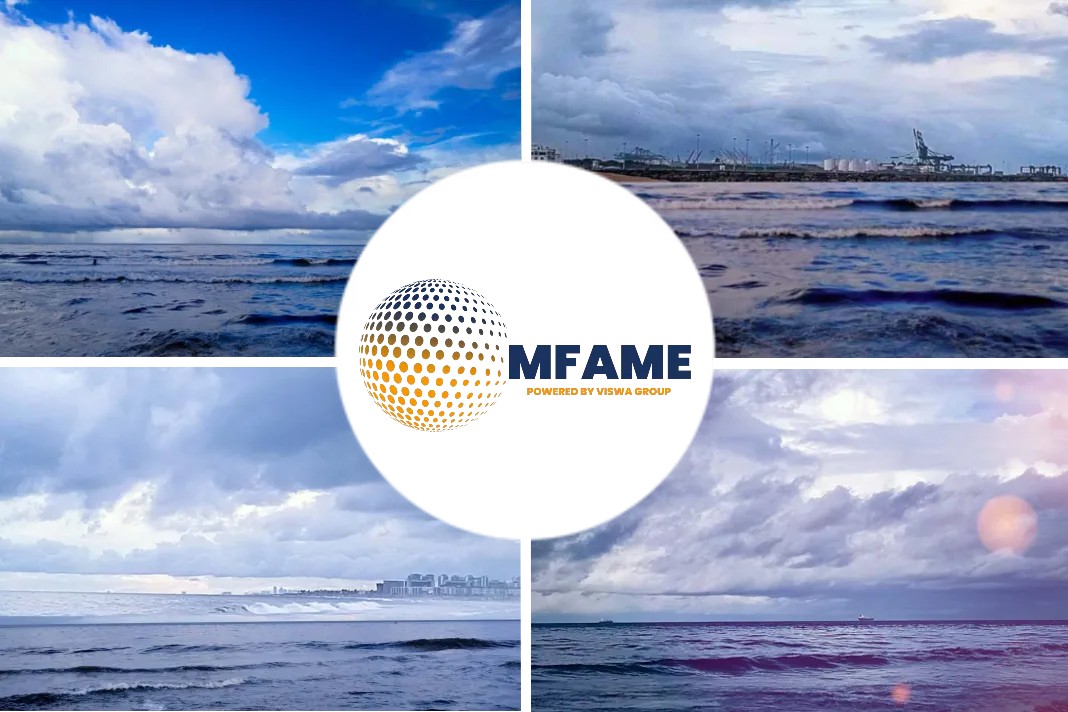- The master’s decision to deviate from the planned route was among the causal factors that led to the grounding of the very large ore carrier.
- This is an outcome of the investigation conducted by the Republic of the Marshall Islands Maritime Administrator who identifies it as a “very serious” marine casualty.
A recent news article published in the Marine Log by Nick Blenkey states that Deviation from planned route seen in grounding of giant ore carrier.
Details of the vessel
The 300,660 dwt Marshall Islands registered vessel contacted the bottom after departing from Ponta da Madeira, Brazil, on February 24, 2020, laden with 294,871 tonnes of iron ore.
Very large ore carrier Stellar Polaris belongs to the Polaris Shipping Company.
The ship’s hull was damaged, resulting in flooding of multiple voids and water ballast tanks.
“The ship anchored while the crewmembers assessed the damage and attempted to control the flooding using fixed and portable pumps,” says the investigation report. “After several hours, it was determined that sea water was flooding the damaged voids and tanks faster than the fixed and portable pumps could pump it out. Based on this assessment, the master moved Stellar Banner to shallower water and intentionally grounded the ship on the morning of February 25 2020.”
Rescue act by salvors
Subsequently salvors removed 3,500 tonnes of fuel oil and 140 tonnes of diesel fuel that had been on board the ship.
They then began lightering the ship’s cargo. By May 27, 2020, about 145,000 tonnes of cargo had been lightered and the ship was refloated.
The ship was immediately towed and reanchored in deeper water, where a damage survey was conducted. Based on the findings. it was determined that Stellar Banner was a constructive total loss.
All hazardous material removed
On June 12, 2020, Stellar Banner was scuttled with the remaining cargo on board approximately 55-60 nautical miles northeast of the entrance to the Baía de São Marcos approach channel in more than 2,700 meters of water.
All hazardous materials had previously been removed from the ship before it was scuttled.
The marine safety investigation
The marine safety investigation conducted by the Republic of the Marshall Islands identified that causal factors that contributed to the casualty included the master’s decisions to deviate from the planned route during the outbound transit of Baía de São Marcos and pass within 1 nautical miles of a 20 meter shoal based on limited hydrographic information provided on the chart.
The report also identified ineffective bridge resource management (BRM) during the ship’s outbound transit of Baía de São Marcos and notes that “the company’s navigation watchstanding procedures did not provide clear expectations and guidance regarding the use of BRM by members of the ship’s bridge team when the master has the conn.”
Did you subscribe to our daily newsletter?
It’s Free! Click here to Subscribe!
Source: Marine Log


















